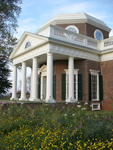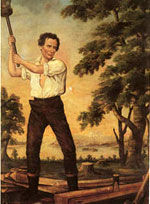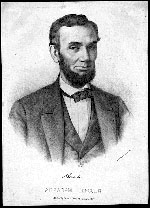Octagon Museum [DC]
The oldest museum in the United States devoted to architecture and design, the Octagon Museum enables the American Architectural Foundation to increase public awareness of the power of architecture and its influence on the quality of life. The building was designed by Dr. William Thornton for Colonel John Tayloe III, and was constructed between 1799 and 1801, and is considered one of the best examples of Federal period architecture in the country. During the most recent restoration, the exterior and interior were restored to reflect the house during the Tayloes' occupancy between 1817 and 1828.
The museum offers exhibits and tours.



